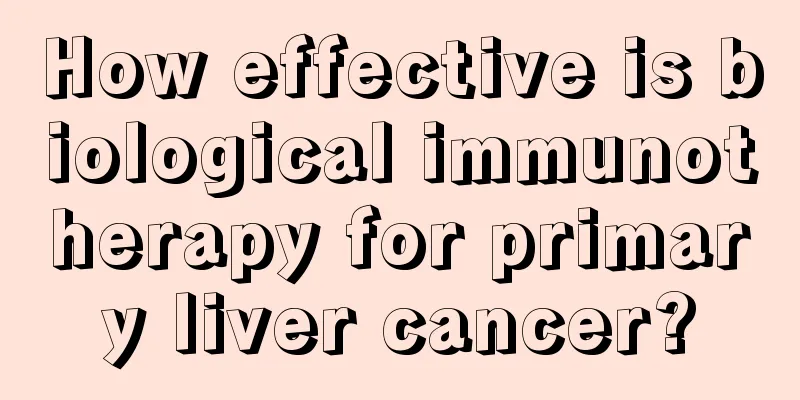How to treat acute periodontitis?

|
"Toothache is not a disease, but it can be fatal." This is people's understanding of dental diseases. Many people do not pay attention to dental care when they are young. As they grow older, their teeth are not in good condition and they are most likely to get dental diseases. Acute periodontitis is one of them. It is a chronic inflammation of the gums and tissues around the teeth. When the disease occurs, the gums will become red, swollen, and bleed, and it will be difficult to chew food. Periodontitis is very harmful to humans. If you want to completely stay away from this disease, let’s take a look at the treatments for acute periodontitis. Regarding how to treat periodontitis, the doctor said: Once periodontitis occurs, it should be treated early because its prognosis is related to the severity of the lesion. The treatment of periodontitis is mainly local treatment. The first step is to remove the tartar above the gums (medically known as supragingival tartar), then remove the tartar in the periodontal pockets (i.e. subgingival tartar), and scrape off the diseased cementum in the periodontal pockets that contains a large amount of bacterial toxins. After these treatments, the redness and swelling of the gums can subside, and the bleeding gums and pus in the periodontal pockets can disappear. After the periodontal pocket is formed, it is usually treated with drugs. Various drugs, such as iodine glycerin, compound iodine solution or antibacterial drugs, can be placed in the periodontal pocket to maintain a high drug concentration in the periodontal pocket, eliminate various bacteria in the periodontal pocket, and achieve the effects of bactericidal, anti-inflammatory and astringent. If the above treatments are not effective, periodontal surgery is required. Periodontitis treatment is divided into four stages: The first stage is the basic treatment stage, which aims to select conventional treatment methods for periodontal disease, eliminate or control clinical inflammation and bite pathogenic factors, including oral self-cleaning, removal of teeth with poor prognosis and unfavorable restoration, supragingival cleaning, subgingival scaling to remove plaque and tartar, selection of antibacterial drugs to control inflammation, bite adjustment, etc. The second stage is periodontal surgery and fixation of loose teeth. The third stage is permanent restorative treatment, which is usually performed 2-3 months after surgery. The fourth stage is the review and re-treatment stage, which is conducted every six months and includes checking plaque control, health education, and X-ray examinations to further formulate a treatment plan. For those with loose teeth, different methods can be used to fix the loose teeth. For teeth with severe condition, extensive periodontal tissue damage and cannot be retained, extraction is required. In addition to local treatment, systemic treatment can be adopted for those with obvious severe symptoms, that is, oral antibiotics, such as metronidazole, 0.2 grams three times a day, for 1 week; spiramycin, 0.2 grams four times a day, for 1 week; tinidazole, 0.5 grams twice a day. Restorative and orthodontic treatment of periodontitis is based on basic periodontal treatment to improve symptoms such as loosening, displacement and chewing weakness of affected teeth. Treatment at this stage must be carried out under the condition that periodontal inflammation is under control, and is generally performed 3 months after treatment (post-surgery). Its fundamental purpose is to disperse the combined force, eliminate trauma, establish a coordinated joint relationship, and establish a stable and balanced joint; fix loose teeth, repair missing teeth, control pathological loosening and displacement, promote the healing of periodontal diseased tissues, and restore chewing function. After treatment, periodontitis patients should still maintain their periodontal health throughout their lives and develop good oral hygiene habits; they should also undergo regular professional maintenance to prevent the recurrence of periodontitis. This is the maintenance period of periodontal treatment. Through the above introduction of "Treatments of acute periodontitis", everyone has a better understanding of it. Here, the doctor once again emphasized that if acute periodontitis is discovered, it should be treated early to facilitate the effective repair of periodontal tissue. So in daily life, if you find your gums are swollen and bleeding, you should go to a dental hospital to check out the severity of the condition and receive professional treatment. |
<<: Which permanent hair removal method is best?
>>: How many days after menstruation is it easiest to get pregnant?
Recommend
What should you pay attention to when driving in summer
The characteristic of summer is that the weather ...
Are identical twins hereditary?
Many people envy others for being able to give bi...
How to remove thick scale from the bottom of a pot
A pot is used to boil water or cook. If the scale...
Can I wear contact lenses if I have astigmatism
In fact, many people with myopia have more or les...
Which department should I go to for liver disease examination? Which department should I go to for liver disease examination?
The liver is the place for detoxification. It abs...
The correct way to wash your face
Everyone washes their face in the morning, but if...
Common complications after laryngeal cancer surgery
Laryngeal cancer is one of the most common head a...
How to remove rust from an electric kettle
If the electric kettle is used for a long time, i...
Pain symptoms of breast cancer bone metastasis
Breast cancer bone metastasis pain symptoms Patie...
Knee pain after drinking
Whether it is during festivals or at work, people...
Time and items for follow-up after surgery for cholangiocarcinoma
After surgery for bile duct cancer, patients are ...
There is a hard lump near the anus and it hurts when pressed
The appearance of hard lumps and pain near the an...
Are the black spots inside the wart the roots?
Warts are also called flesh warts, and the more p...
The rules of baseball
Baseball is very common. This sport is very helpf...
How to disinfect your room when you have a cold
Many people will have questions about how to disi...









